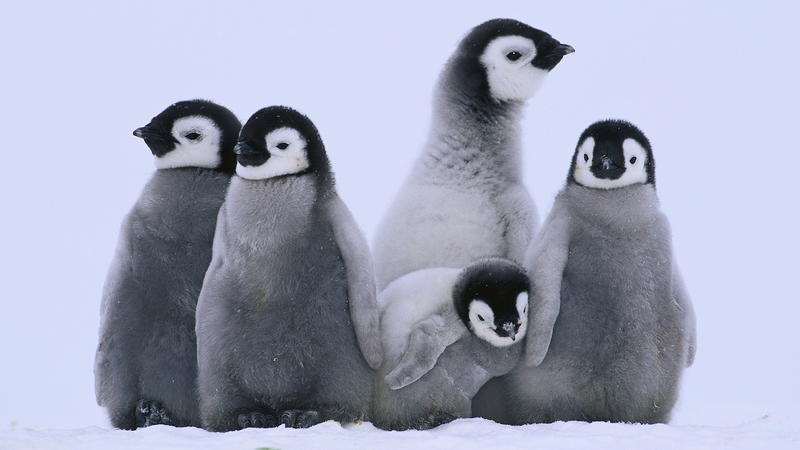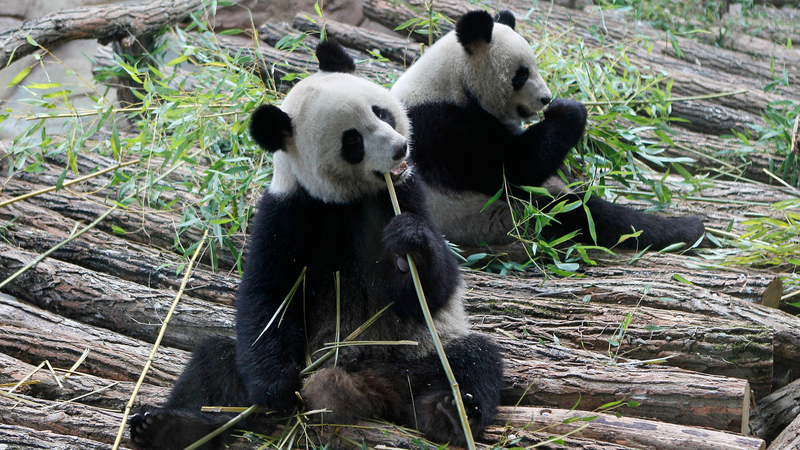Imagine trekking across the icy expanses of Antarctica and finding signs of emperor penguins not where they used to be, but hundreds of meters away. Thats exactly what a team of researchers uncovered when they built guano indexes to track these majestic birdsbreeding habitats over the past 11 years.
By analyzing satellite images of guano stains, the scientists charted how emperor penguins have adapted to climate extremes. Their findings? For every 1°C increase in local temperature, colonies relocated an average of 73 meters farther. Even snowfall isnt off the hook: an extra centimeter of snow pushes penguin colonies about 66 meters further along the ice.
These shifts might sound small on human scales, but they add up. Over a decade, rising temperatures and changing snow patterns rewrote the map of penguin neighborhoods, reshaping access to feeding grounds and influencing chick survival rates.
Why does this matter to our global community? Emperor penguins are sentinel species for climate health. Their movements offer real-time data on how ecosystems respond to warming and precipitation changes. For young global citizens, entrepreneurs, and changemakers, these insights underscore the importance of innovative research methods—like guano indexing—to track environmental change.
Beyond the science, theres a human story here. Digital nomads, wildlife photographers, and adventure travelers seeking immersive experiences in remote destinations will find new hotspots where penguin colonies are on the move. And for business and tech enthusiasts, this study highlights how data-driven tools and satellite technology can illuminate the front lines of climate adaptation.
As climate extremes intensify, emperor penguins remind us that survival often hinges on movement, flexibility, and resilience. Their journey across shifting ice is a powerful call to action: invest in bold research, embrace innovative solutions, and work together to protect our planets most vulnerable inhabitants.
Reference(s):
Researchers map emperor penguin habitats under climate extremes
cgtn.com




